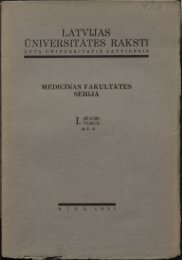UMIVERSITATIS LATVIENSIS - DSpace
UMIVERSITATIS LATVIENSIS - DSpace
UMIVERSITATIS LATVIENSIS - DSpace
Erfolgreiche ePaper selbst erstellen
Machen Sie aus Ihren PDF Publikationen ein blätterbares Flipbook mit unserer einzigartigen Google optimierten e-Paper Software.
A Survey of the Australasian Species of Ulota.<br />
By N. Malta.<br />
After publishing a survey of the South-American species of<br />
Ulota in 1927, I turned to the Australasian species which form<br />
another large geographic group of species of this genus<br />
in the<br />
Southern Hemisphere. This study, several times interrupted,<br />
has now been completed. For various reasons I have resolved<br />
upon publishing the results of this study before the completion<br />
of the revision of the whole genus. This paper, consequently,<br />
forms a part of the revision of Ulota, intended for publication<br />
later on. In this revision main stress has been laid upon the<br />
variation of morphological characters, the delimitation of species<br />
and their geographical distribution, while the treatment of prob-<br />
lems of nomenclature has been restricted to a few cases. Tak-<br />
ing into consideration some peculiarities of the genus, such as<br />
the presence of widely distributed polymorphous species within<br />
it, attention had to be paid even to minute differences in char-<br />
acters. It seemed that in a work like this there was less harm<br />
in distinguishing very closely related forms, even if some of<br />
them might have to be united afterwards, than in bringing to-<br />
gether and mixing up in one description characters of forms<br />
which are in reality .'different, although they may appear very<br />
alike.<br />
The revision of the Australasian Ulotas has had as an<br />
unexpected result the description of 5 new species.<br />
Four of<br />
them had been confounded with U. lutea — the commonest and<br />
most widespread species of the region. Therefore it is im-<br />
portant first to become clear about the characters of this spe-<br />
cies, ; especially about the leaf form which is the character<br />
always available. Fig. 2 gives an idea of the variation of the<br />
leaf form within the species, and Fig. 1 shows the difference<br />
between the leaf form of U lutea and that of the other species<br />
of the region. If once recognized, with the exception<br />
of a few<br />
cases, it is easy to distinguish the leaf of U. lutea with the<br />
oval or obovate base and the contraction above it from the leaves<br />
of the other species. If U. lutea is rightly understood there are<br />
no difficulties in recognizing the other species, as will be seen<br />
from the key, the descriptions, and especially from the notes<br />
to them.<br />
Acta Horti Bot. Oniv. Latv. VII.<br />
1


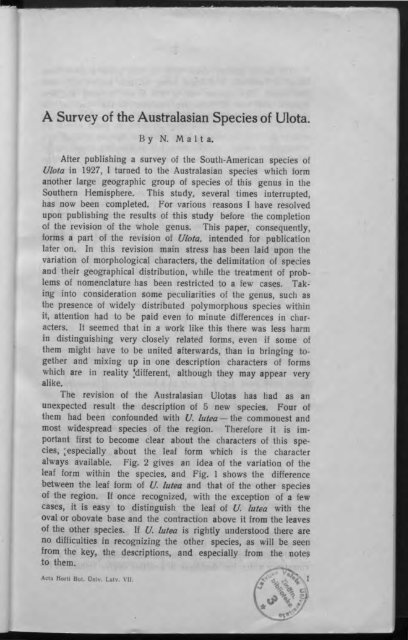

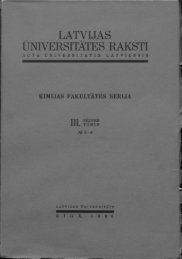
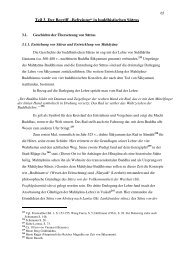
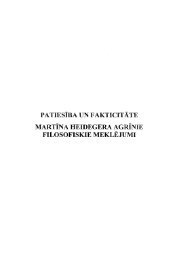
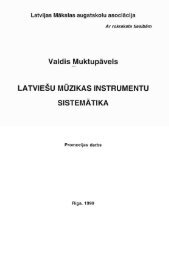
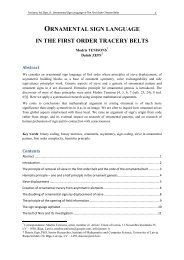
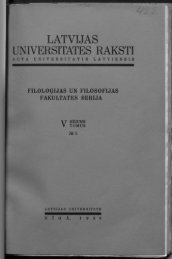
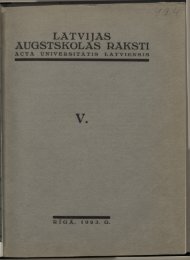


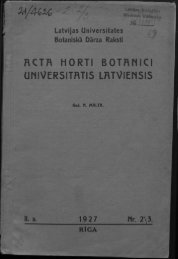
![LATVIJAS] - DSpace](https://img.yumpu.com/11778577/1/190x249/latvijas-dspace.jpg?quality=85)
